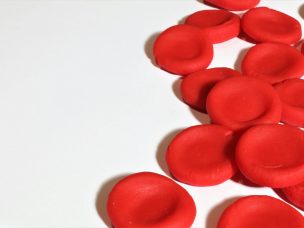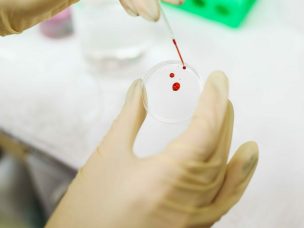A new study suggests the importance of functional blood tests in identifying the success of sickle cell anemia using stem cell transplantation or autologous gene therapy.
For those diagnosed with sickle cell disease (SCD), allogeneic hematopoietic stem cell transplantation (HCT) and ex vivo autologous gene therapies (GT) are among the most promising treatment approaches. However, a key challenge lies in defining what constitutes a cure, specifically in terms of donor chimerism and functional hemoglobin levels.
Currently, information on red cell function post-HCT/GT and its correlation with donor chimerism and the resolution of SCD complications is limited. This study, presented at the proceedings of the 65th ASH Annual Meeting & Exposition, aimed to address this gap by providing insights into rheology and whole blood viscosity data in patients with the hemoglobin SS genotype (HbSS) following HCT or GT.
Defining Cure Based on Myeloid Donor Chimerism Is Insufficient
Conducted under IRB-approved protocols at Baylor College of Medicine and Emory University School of Medicine, the study involved the analysis of various parameters, including elongation index (EL) maximum (EI[max]) and minimum and (EI[min]), point of sickling (PoS), hematocrit–viscosity ratio (HVR) at different shear rates (HVR45 and HVR225), and dense red blood cell percentage (DRBC%). These parameters were assessed using a laser-assisted optical rotational red cell analyzer (LORCA) and other validated methods.
Results from the study, involving 29 patients with a median age of 6.6 years at HCT/GT and a median follow-up of 2.4 years, indicated that while myeloid donor chimerism was generally high (median 94%), the percentage of sickle hemoglobin (HbS%) varied, ranging from 28.9% to 45.2% with HbAS donors and 0% with HbAA donors. Notably, two HbAS HCT patients exhibited myeloid chimerism ≤50%, prompting consideration of the follow-up period and associated parameters.
The study determined improvements in RBC function over time post-HCT/GT, particularly in patients with HbAA donors, with EI[max] showing a trend toward statistical significance. Patients with HbAS donors displayed significantly higher point of sikcling (PoS) values and a trend toward lower HVR225 compared to HbAA donors.
The study identified a subset of patients (24%) with abnormal red cell function test values post-HCT/GT despite achieving myeloid donor chimerism of >25–30%, a commonly accepted threshold in clinical practice. These findings challenge existing notions and prompt a reconsideration of defining a cure based solely on myeloid donor chimerism.
The Bottom Line
In conclusion, the study advocates for the inclusion of red cell function tests in the follow-up care of HCT/GT patients until values normalize, acknowledging their potential significance in assessing the clinical relevance of these therapeutic interventions. The findings underscore the complexity of defining a cure in the context of SCD and advocate for a comprehensive approach that considers both hematological parameters and functional outcomes.
Source
Patel, A. (2023, December 9). Red Cell Rheology and Blood Viscosity in Pediatric Individuals Having Received Allogenic Hematopoietic Stem Cell Transplantation or Ex Vivo Autologous Gene Therapy for Sickle Cell Disease. https://ash.confex.com/ash/2023/webprogram/Paper188045.html










